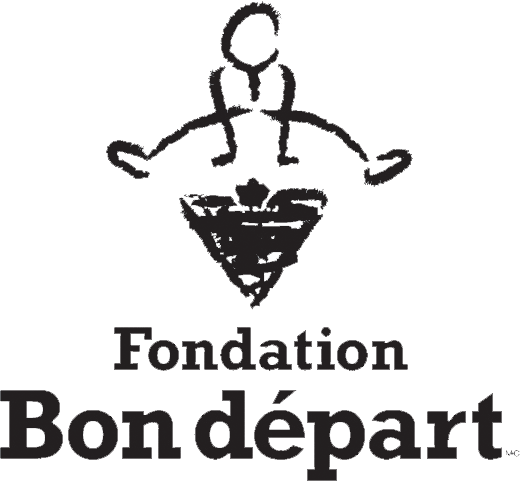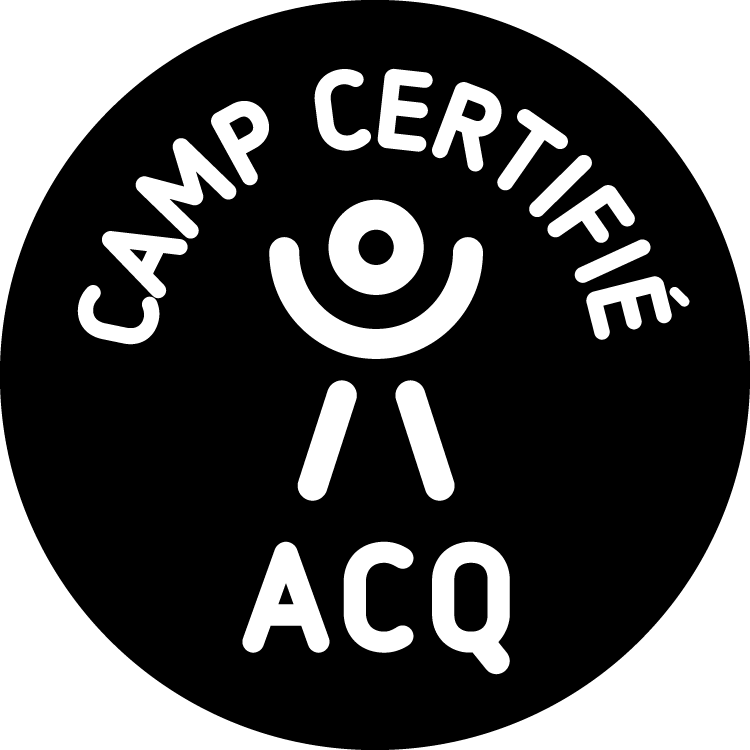Creating a compelling presentation can be difficult, especially with limited time. Fortunately, there are a few simple tricks that can help you create a 10 minute presentation https://okslides.com/ that is both informative and effective.
Grab your audience’s attention from the beginning of your presentation. Use an interesting story, a quick joke or some statistics to draw them in.
Know Your Topic
With attention spans dwindling and competition intensifying, mastering the art of the 10 minute presentation is a vital skill for B2B sales professionals. Whether a part of an interview process or a sales pitch, being able to convey a clear message within a limited timeframe can make or break a deal.
The number of slides in a presentation has a significant impact on the timing, but it is not the only factor to consider. It is important to thoroughly understand the content of your presentation and how it relates to your audience. This will help you determine how many slides to use and when.
Begin with an engaging question or startling statistic that immediately grabs the audience’s attention. Including a story can also humanize your presentation and help the audience relate to your message. Lastly, don’t be afraid to use props to add visual flair and enhance the overall experience for your audience. It will allow them to engage with your topic more deeply, and it will make you stand out from the crowd.
Focus on the Key Points
Getting the most out of your presentation time is crucial. While a ten-minute presentation doesn’t give you much room for a lot of detail, there is still enough time to deliver a powerful message and leave a lasting impression on the audience.
Begin by identifying your key points. What do you want your audience to remember at the end of the presentation? This is your presentation’s objective, and it will guide you as you structure the content. Using the “so what?” test, make sure every piece of information contributes to this objective and is necessary.
People tend to remember lists of three things, so try to focus on your key three takeaway points. This will help you cut out any less important information and ensure your audience leaves with the most important facts. You can also use visual aids to highlight your key points. For example, one member of our community used real x-rays from her office to illustrate her point about the importance of regular health checks. People process visuals 60,000 times faster than text, so they’re an effective way to quickly capture the audience’s attention.
Use Visual Aids
Visual aids can enhance presentations by enabling presenters to provide additional content and illustrate key points in a presentation. However, if not used effectively, they can detract from the overall presentation and distract the audience. As such, it’s crucial to carefully consider the content and purpose of a presentation before choosing or creating visual aids.
For a visual aid to be effective, it must be relevant and clear. It is also important to ensure that the visuals are easily comprehensible at a glance and that they are accessible for all audiences. This is especially important if the presentation will be delivered remotely or to audiences with various accessibility needs.
In addition, it’s important to remember that a presentation should be primarily driven by the speaker, not by the slides or other visual aids. The goal of a visual aid is to support and clarify the main talking points, not replace them. It’s also important to avoid using too many slides, which can overwhelm the audience and confuse the message. A good rule of thumb is to have one message per slide, and use a maximum of three to five bullet points on each slide.
Keep It Simple
You don’t want to overload your slides with text, images, and other knick-knacks that distract from the presentation. While goofy effects and clip art might entertain a classroom full of kids, they can make you look unprofessional in front of business colleagues and clients.
Ensure that each slide has one key objective, and is as simple as possible to understand. Remember that your audience may have a limited knowledge of your topic. To avoid confusion, focus on presenting information that directly relates to your goal and job requirements.
Moreover, incorporating the information into your presentation in a progressive way can help keep your audience engaged. For example, you can start by introducing the background information, and then move onto more complex concepts. This will allow your audience to build up a comprehensive understanding of the subject matter, and will make it easier for them to recall later.
Don’t Overdo It
If you’re working with a short presentation, it is important not to overload the audience with information. Rather, focus on one or two key points that you want the audience to walk away with.
Keeping the audience interested throughout your presentation will require that you be prepared to answer questions as they arise. This can be done by preparing a script, outline or notes, or providing the participants with 3 x 5 cards and asking them to write down questions as they come up during the presentation.
Another way to keep the audience engaged is by using visual aids to illustrate your presentation points. Remember, people process visuals 60,000 times faster than text. This can be achieved by using high-resolution photos and illustrations, and by choosing a font size that is easy to read on the screen. It is also a good idea to use a limited color palette, as this will help create a cohesive appearance. Lastly, avoid stretching small images and attempting to make them larger; this will only detract from the overall look of your presentation.

